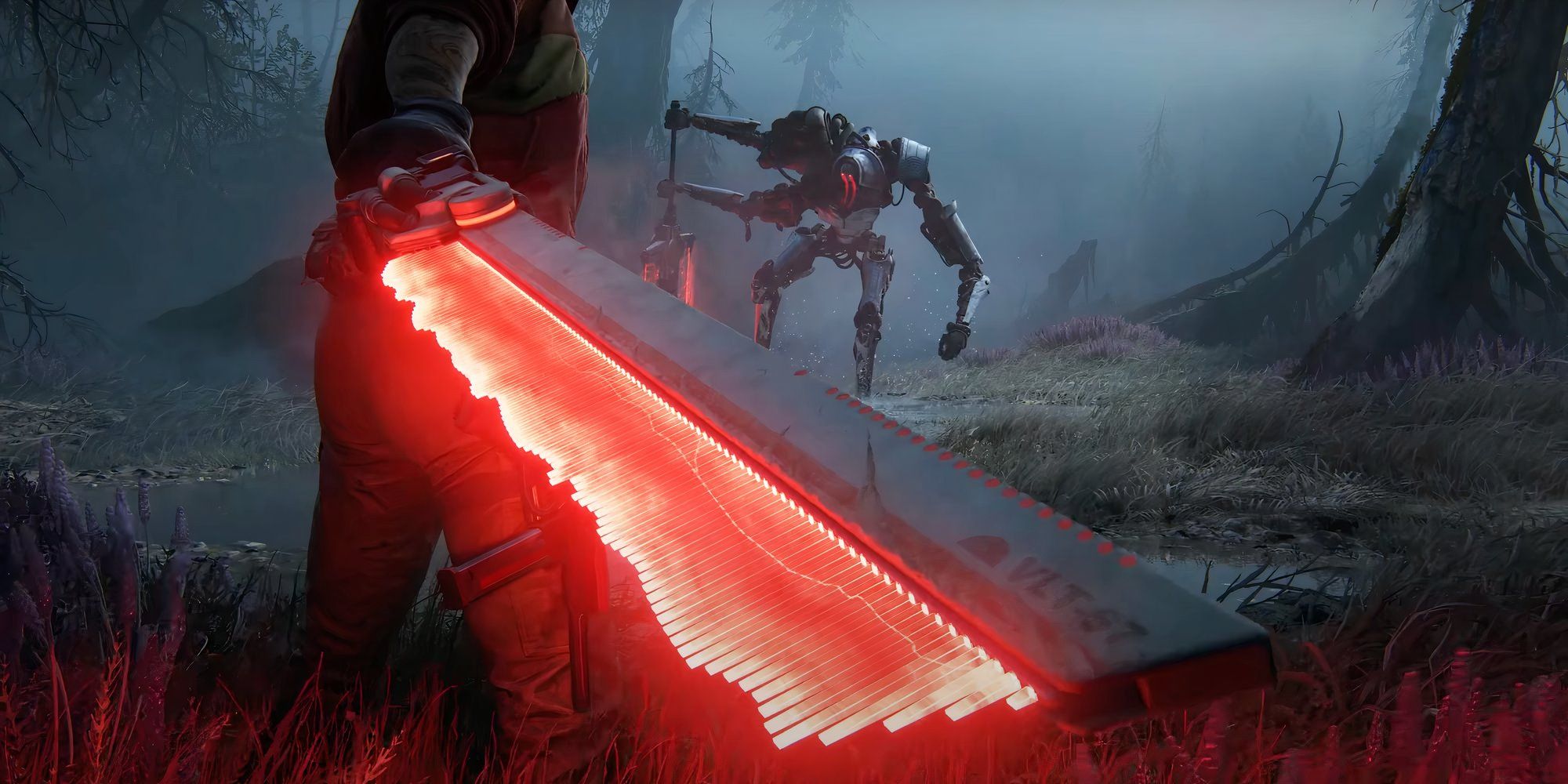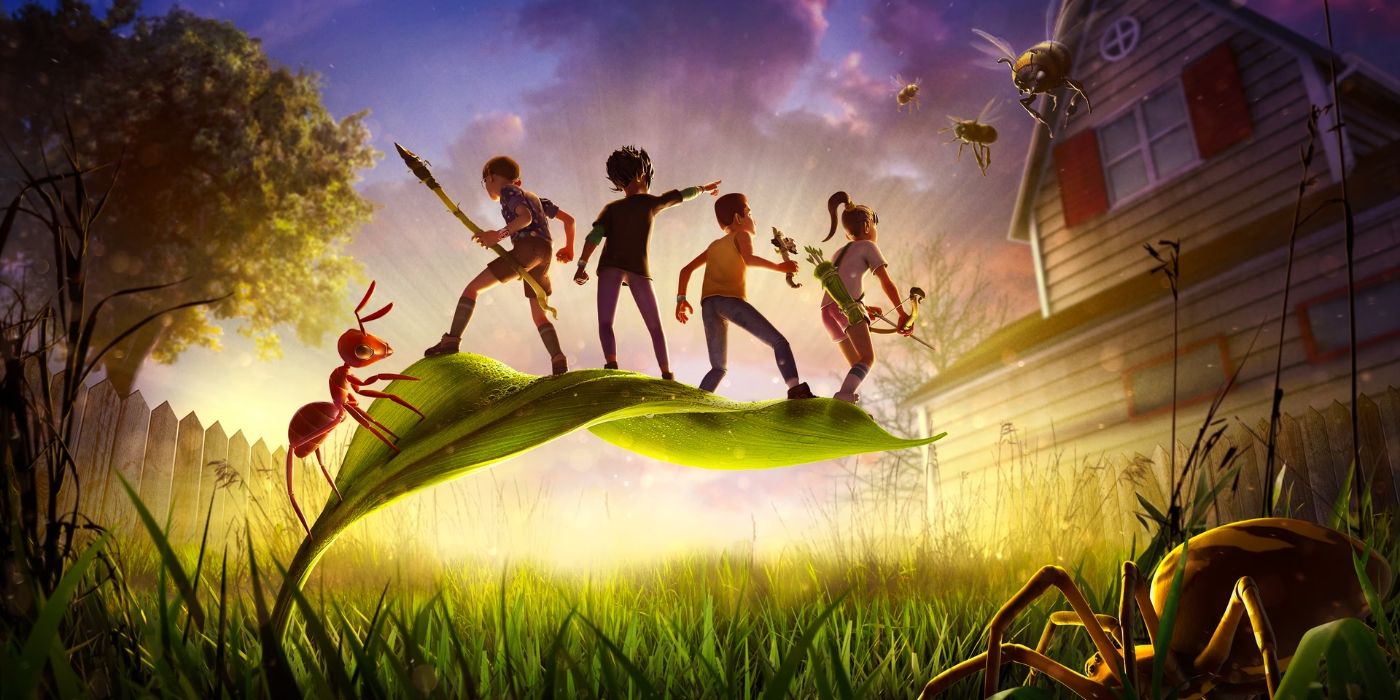After four years of radio silence, Naughty Dog finally announced its next big (read: not a remake or remaster) game at The Game Awards. Intergalactic: The Heretic Prophet looks great, and a just-fresh-enough direction for Naughty Dog to take.
The sci-fi game looks more lighthearted than The Last of Us, but a different kind of lighthearted adventure than Uncharted. Though Naughty Dog has namechecked anime influences like Akira and Cowboy Bebop in the reveal trailer, I keep thinking of Intergalactic as Naughty Dog trading in one George Lucas influence (Indiana Jones) for another (Star Wars).
Triple-A Dev Times Have Slowed Way Down
All of that has me excited to get my hands on it, and there are clues in the trailer that seem to point to a 2027 release. If that is what Naughty Dog is teasing, we’ll be waiting at least two more years for its new game, and will have waited seven years since its last new title, The Last of Us Part 2.
It isn’t news to anyone paying attention to games that development times have slowed in the past decade or so. CD Projekt Red went from releasing two expansions for The Witcher 3 in a year, to releasing one expansion for Cyberpunk 2077 in three years.
Rocksteady went from releasing four Batman games in seven years to one Batman-adjacent game in eight years. And Naughty Dog went from releasing six new games between 2007 and 2017 to releasing one new game between 2018 and 2024. The pace has slowed to a crawl, and that means that the industry is going years and years without anything from the developer that is the very best at making a certain kind of game.
It’s a shame. But the good news is that there’s a way around this. In fact, there are two studios who are consistently showing that you can keep putting games out at a consistent rate, even with longer development times: Obsidian Entertainment and Insomniac Games.
How Do Obsidian And Insomniac Do It?
A screenshot of Rivet and Clank looking with concern in Ratchet and Clank: Rift Apart.
In 2018, Insomniac released Marvel’s Spider-Man. That was undoubtedly a big triple-A game. It had top-notch graphics, a big open-world, flashy set-pieces, and a ton of production value. One of my favorite examples of this? Yuri Lowenthal recorded two sets of dialogue for Peter’s phone calls, one where he spoke at a normal volume, and another much louder version that played while you were swinging.
If Insomniac was following the typical triple-A schedule, its next game would have been 2023’s Spider-Man 2. While that was its big follow-up, it put out five other games in between. It launched a VR game (Stormland), a pair of AR games (Seedlings and Strangelets), a Spider-Man spin-off (Miles Morales), and a full-sized game in another series (Ratchet & Clank: Rift Apart). That consistent output made it easy to enjoy Spider-Man 2 on its own terms, rather than putting undue pressure on the game as the only thing we’d play from Insomniac that decade.
Let’s venture back to the 2010s once more. In 2019, Obsidian launched The Outer Worlds, a triple-A, but modestly scaled, first-person RPG. It wasn’t as big as Skyrim or Fallout 4, but it served up exactly what fans of this style of RPG want, just at a smaller scale. Again, if the studio was following triple-A dev trends, next year’s The Outer Worlds 2 might be its first release since.
Instead, Obsidian is going for a twofer in 2025, with plans to launch both The Outer Worlds 2 and Avowed within the same calendar year. And, in the years between Outer Worlds entries, we’ve also had Pentiment, a cool medieval adventure/RPG hybrid, and Grounded, a survival game inspired by Honey, I Shrunk the Kids. Though Pentiment and Grounded are Obsidian’s smaller scale games from much smaller teams, its big releases are also much more modestly scaled than other triple-A RPGs. Obsidian makes it clear that a game doesn’t need to be the biggest or best-looking as long as it delivers on what it’s trying to do.
Bringing Down Risk With More Small Releases
The key to making this work is having multiple teams at work at any given time. And, that isn’t a huge drain on resources when some of those teams are small. Obsidian had 200 employees as of 2019, and Pentiment was made by a team of 13. Those numbers make it clear that the possibility of developing smaller games is fairly low risk. The game might not be great and/or it might not sell well. But, if the main team is working on something with mainstream appeal like The Outer Worlds 2, the risk is mitigated.
I want to see Naughty Dog adopt this model. It had two teams at work during the bits of development that overlapped between The Lost Legacy and The Last of Us Part 2. Since then, it seems that Naughty Dog is only doing big projects (like Intergalactic and the canceled multiplayer TLOU game) and remasters.
But the studio would be better served by making small original games. Let a team make their version of Pentiment. Let a team make their version of Grounded. Have a small group whip up a modest VR game. Or how about a ten-hour return to Jak & Daxter? It doesn’t have to be all or nothing. I promise, Naughty Dog, we won’t stop seeing you as a big developer just because you put out smaller games. We just want to see new Naughty Dog games a little more often.

Naughty Dog
Part of PlayStation Studios, Naughty Dog has a long history of creating great games for the platform, from Crash Bandicoot to Jak & Daxter. It is perhaps better known now for the smash hit series The Last Of Us and Uncharted, games that push the boundaries of great storytelling and action-packed set pieces.
Source link
















Leave a Reply